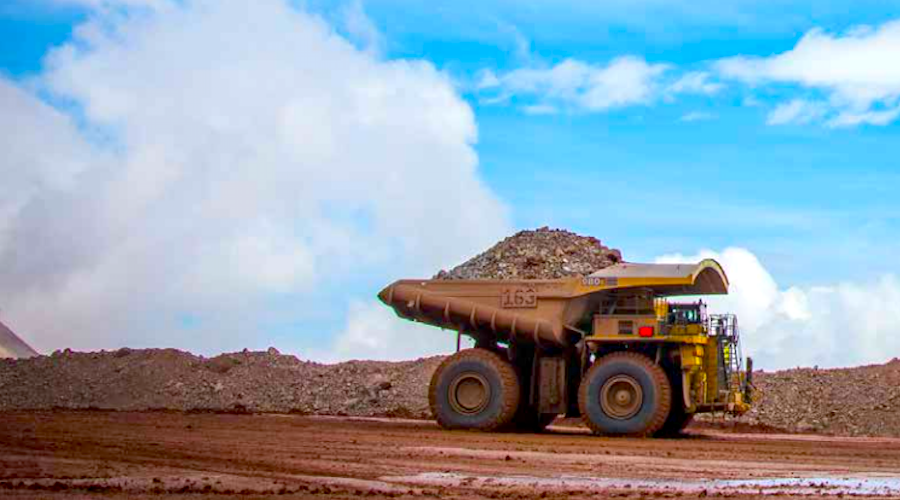
Southern Copper (NYSE: SCCO), Peru’s third-largest producer of the orange metal, expects production to increase by 17% in 2023 to 400,000 tonnes in a significant turnaround from last year’s results, which saw the miner’s output slide to 342,000 tonnes from 398,000 tonnes.
The Grupo Mexico-controlled copper producer was hit by relentless community protests in 2022, causing the total halt of operations for almost two months at its Cuajone mine — its second largest operation in Peru.
While tensions have eased this year, the company’s fiercely contested Tia Maria project in the country’s coastal mountains is yet to take off.
Southern Copper has been trying for years to dispel local communities’ doubts about the merits of the proposed $1.4 billion copper mine. A 2019 decision to approve its license unleashed weeks of protests and they prompted former President Pedro Castillo to single it out as a non-starter.
The company says the animosity against Tia Maria, which is part of its $15 billion pipeline of projects for this decade, has subsided significantly in the past months and that it expects to begin production at the mine in 2026.
Developing the controversial project would be a breakthrough in a country where mining’s relations with isolated rural communities often sour.
The mine is expected to produce 120,000 tonnes of copper a year over an estimated 20-year lifespan. It would employ 3,000 people during construction and provide 4,150 permanent direct and indirect jobs.
Besides Tia Maria, Southern Copper has two other major projects in Peru — Los Chancas, slated to begin production in 2030, and Michiquillay in 2032. The three projects involve a combined investment of $6.5 billion.
Southern Copper’s production forecast defies gloomy predictions indicating that protests and political uncertainty in Peru would cost the nation its spot as the world’s second largest copper producer.
The Andean country has so far defied expectations, with copper production climbing around 18% in the first half of 2023. Neighbouring top producer Chile has seen output fall this year.
Key to the nation’s increase in copper production has been Anglo American’s (LON: AAL) $5.5 billion Quellaveco mine, producing a monthly 30,000 tonnes of the metal, which started operations in late 2022.
Peru will have to deal, however, with the lack of new major projects from its $53 billion mining investment pipeline, which is expected to put additional pressure on existing deposits.
Ivan Merino, former mining minister in the government of ousted former President Pedro Castillo in 2021, said last week that the lack of “predictability” and regular protests were scaring away or delaying investment.
Newmont (NYSE: NEM) (TSX: NGT) has already said it would postpone a decision to invest nearly $2.5 billion in its Yanacocha Sulfides expansion project until at least 2026.
President Dina Boluarte’s administration offset Newmont’s announcement by approving the expansion of the $1.3 billion Toromocho mine owned by China’s Chinalco the following month. The government has also said it would approve a $2 billion expansion plan for the Antamina mine before year-end.
(With files from Reuters and Bloomberg)